LEGENDARY human rights activist, Irish nationalist and British consular officer Roger Casement was hanged for treason in Pentonville Prison, London on August 3, 1916.
A name often side-lined by names such as de Valera and Michael Collins, Casement’s own contributions to Irish nationalism were nothing short of tremendous.
Here are ten things you should know about the Dublin-born historical figure.
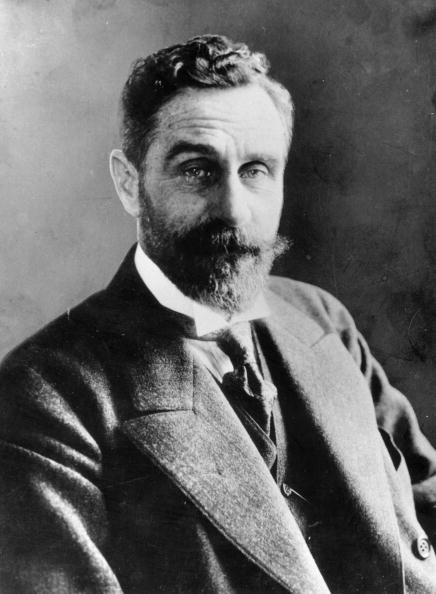 Sir Roger David Casement (1864–1916). (Source: Central Press/Getty)
Sir Roger David Casement (1864–1916). (Source: Central Press/Getty)1. His Antrim father fought in Afghanistan
Captain Casement served with distinction in the disastrous First Anglo-Afghan War, which saw the loss of over 16,000 men and the infamous massacre of Elphinstone’s army. A young Roger Jr was fascinated by his swashbuckling father’s tales from India, Afghanistan and the Hungarian Revolution.
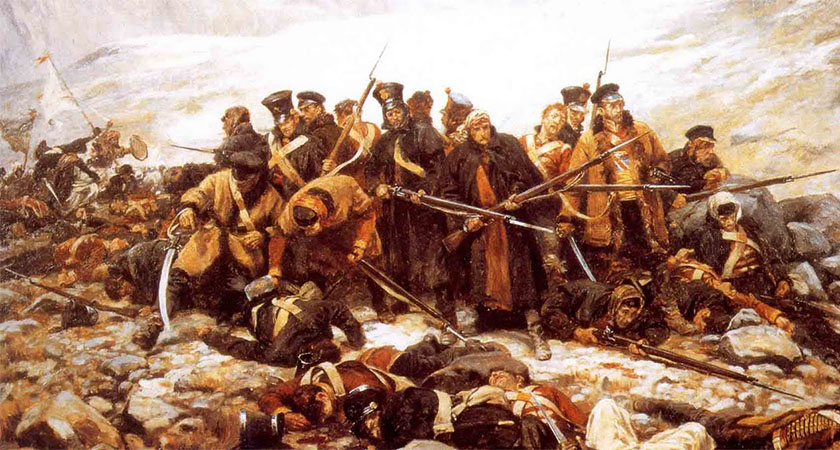 The last stand of survivors of Her Majesty's 44th Foot at Gandamak, 1842. (Source: Wikipedia)
The last stand of survivors of Her Majesty's 44th Foot at Gandamak, 1842. (Source: Wikipedia)2. His Anglican mother secretly baptised him as a Catholic
Roger Casement was brought up in the Church of Ireland, but later learned that his Anglican mother had converted from Catholicism to marry his father. Further still, the secret got out that she secretly baptised him as a Roman Catholic at the age of four.
3. He was looked after by the people of Antrim after his parents died
By the age of 13, both Casement’s parents had died. He and his brother Tom were taken in by relatives at Magherintemple House; the Casement family's ancestral home in Ballymena. Raised in poverty, Casement never felt comfortable in the lavish, three-storey mansion of grey stone.
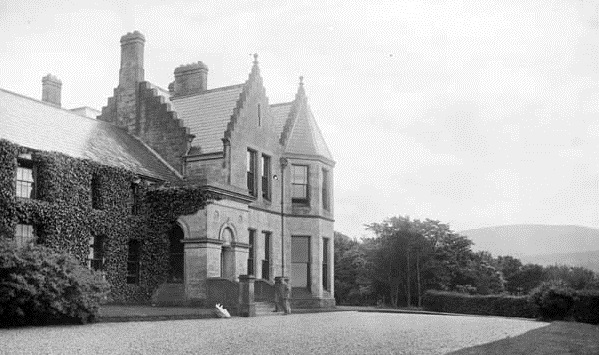 Magherintemple House. (Source: LordBelmontInNorthernIreland)
Magherintemple House. (Source: LordBelmontInNorthernIreland)4. He exposed one of the bloodiest colonial regimes ever
Few people know about the 'Rubber Terror' of 1885-1909 in the Congo, central Africa. Even fewer realise that up to 15 million people died in what some dub a holocaust. Casement’s 1904 report marked the beginning of the end of the brutal regime. In 1911, he was knighted for a similar investigation into human rights abuses in Peru.
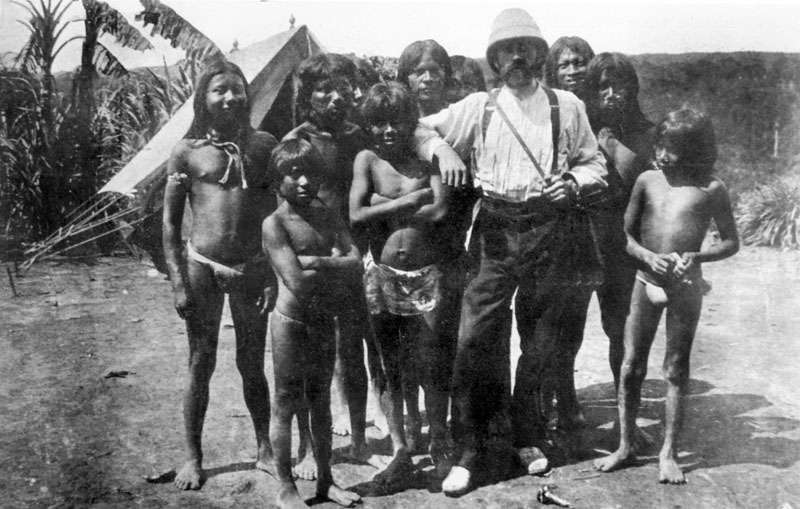 Casement with the Putumayo of Peru. (Source: Wikipedia)
Casement with the Putumayo of Peru. (Source: Wikipedia)5. What he saw changed him
The horrors Casement witnessed under colonial regimes soon turned him against British imperialism. Unable to reconcile his increasingly radical views with his role in the British consular service, Casement quit in 1913 and turned toward the Irish revolutionary movement.
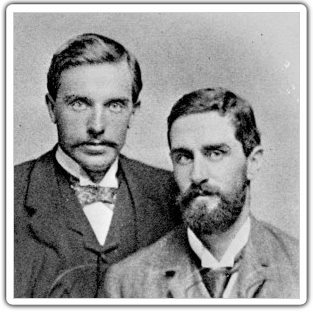 Casement with Hubert Ward, whom he met in the Congo. (Source: Wikipedia)
Casement with Hubert Ward, whom he met in the Congo. (Source: Wikipedia)6. He sought German backing for an Irish rebellion during WWI
Casement pursued German support and guns in 1916 for an Irish rebellion against the British. His plans were ruined when attempts to land the weaponry were scuppered when two volunteers drowned. He was later caught and imprisoned in the Tower of London.
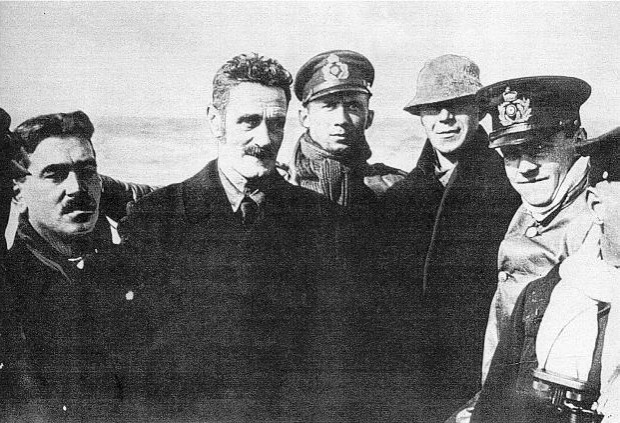 Casement on a German U-boat on the way to Ireland, April 1916. (Source: An phoblacht)
Casement on a German U-boat on the way to Ireland, April 1916. (Source: An phoblacht)7. Some see him as a gay icon
Discussion of Casement and his life often revolves around his sexuality, and whether the British forged the ‘Black Diaries’ which tarnished his name and ensured his execution. If genuine, the diaries reveal Casement experienced a number of gay relationships.
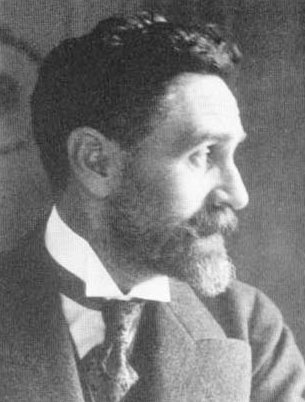 (Source: Wikipedia)
(Source: Wikipedia)8. Arthur Conan Doyle campaigned against his sentence
The legendary mind behind the Sherlock Holmes mysteries actually authored a petition to the Prime Minister seeking clemency for Casement. The campaign was also supported by other literary giants such as George Bernard Shaw and W.B. Yeats. Ultimately though, their support would prove futile.
9. He converted to Catholicism on the day of his execution
The Irish priest who received Casement back into the Catholic Church on August 3, 1916 called him a saint, commenting that "we should be praying to him, instead of for him". Casement was executed by the infamous hangman John Ellis at Pentonville Prison later that day, at the age of 51.
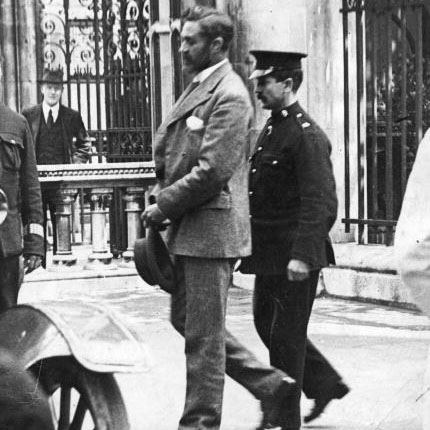 Casement being lead to the gallows. (Source: Hulton Archive/Getty)
Casement being lead to the gallows. (Source: Hulton Archive/Getty)10. Over a hundred years on from the Easter Rising, it’s important to remember Casement
Roger Casement has come to gain a legacy as mixed as his life – he's not even unanimously accepted as a hero by Irish nationalists today. But even if his own bid at bringing down the imperial order in Ireland proved unsuccessful, his astonishing work overseas deserves to be recognised over 100 years after his death.
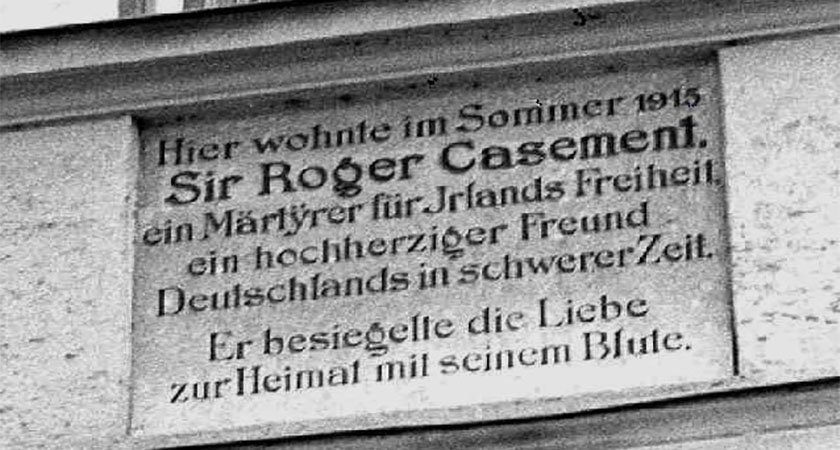 Plaque commemorating Casement's stay in Bavaria during the summer of 1915. (Source: Wikipedia)
Plaque commemorating Casement's stay in Bavaria during the summer of 1915. (Source: Wikipedia)
